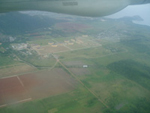
Model Prison - Isla de la Juventud
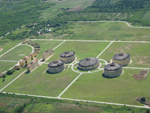
Model Prison - Isla de la Juventud
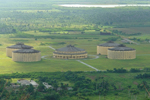
Model Prison - Isla de la Juventud
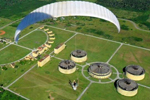
Model Prison - Isla de la Juventud
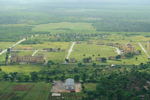
Model Prison - Isla de la Juventud
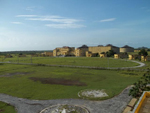
Model Prison - Isla de la Juventud
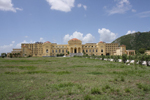
Model Prison - Isla de la Juventud
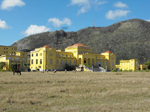
Model Prison - Isla de la Juventud
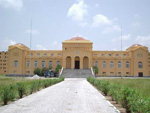
Model Prison - Isla de la Juventud

Model Prison - Isla de la Juventud
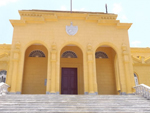
Model Prison - Isla de la Juventud
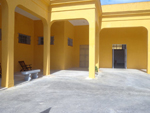
Model Prison - Isla de la Juventud
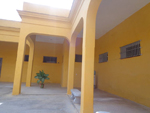
Model Prison - Isla de la Juventud
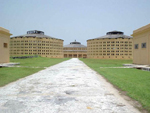
Model Prison - Isla de la Juventud
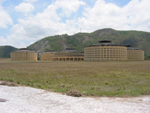
Model Prison - Isla de la Juventud
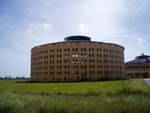
Model Prison - Isla de la Juventud

Model Prison - Isla de la Juventud
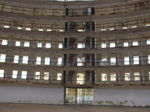
Model Prison - Isla de la Juventud

Model Prison - Isla de la Juventud
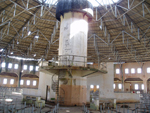
Model Prison - Isla de la Juventud

Model Prison - Isla de la Juventud
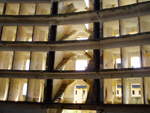
Model Prison - Isla de la Juventud

Model Prison - Isla de la Juventud
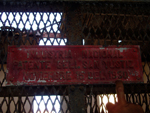
Model Prison - Isla de la Juventud

Model Prison - Isla de la Juventud

Model Prison - Isla de la Juventud
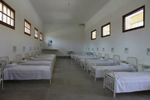
Model Prison - Isla de la Juventud
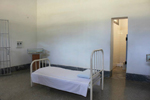
Model Prison - Isla de la Juventud
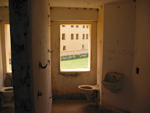
Model Prison - Isla de la Juventud
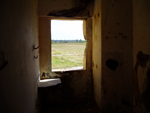
Model Prison - Isla de la Juventud
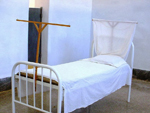
Model Prison - Isla de la Juventud
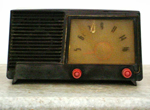
Model Prison - Isla de la Juventud
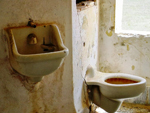
Model Prison - Isla de la Juventud
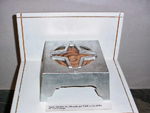
Model Prison - Isla de la Juventud
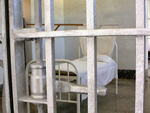
Model Prison - Isla de la Juventud
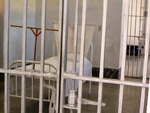
Model Prison - Isla de la Juventud
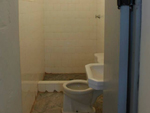
Model Prison - Isla de la Juventud
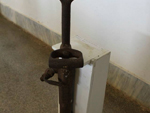
Model Prison - Isla de la Juventud
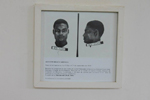
Model Prison - Isla de la Juventud
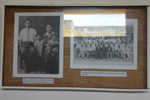
Model Prison - Isla de la Juventud
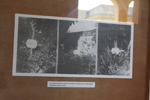
Model Prison - Isla de la Juventud
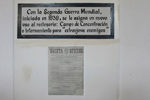
Model Prison - Isla de la Juventud

Model Prison - Isla de la Juventud
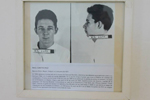
Model Prison - Isla de la Juventud
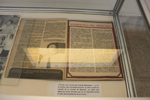
Model Prison - Isla de la Juventud
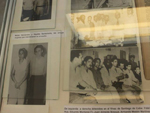
Model Prison - Isla de la Juventud

Model Prison - Isla de la Juventud
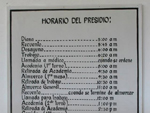
Model Prison - Isla de la Juventud
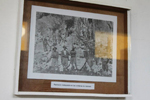
Model Prison - Isla de la Juventud

Model Prison - Isla de la Juventud
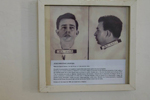
Model Prison - Isla de la Juventud
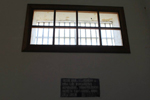
Model Prison - Isla de la Juventud

Model Prison - Isla de la Juventud
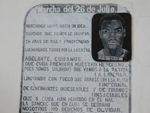
Model Prison - Isla de la Juventud